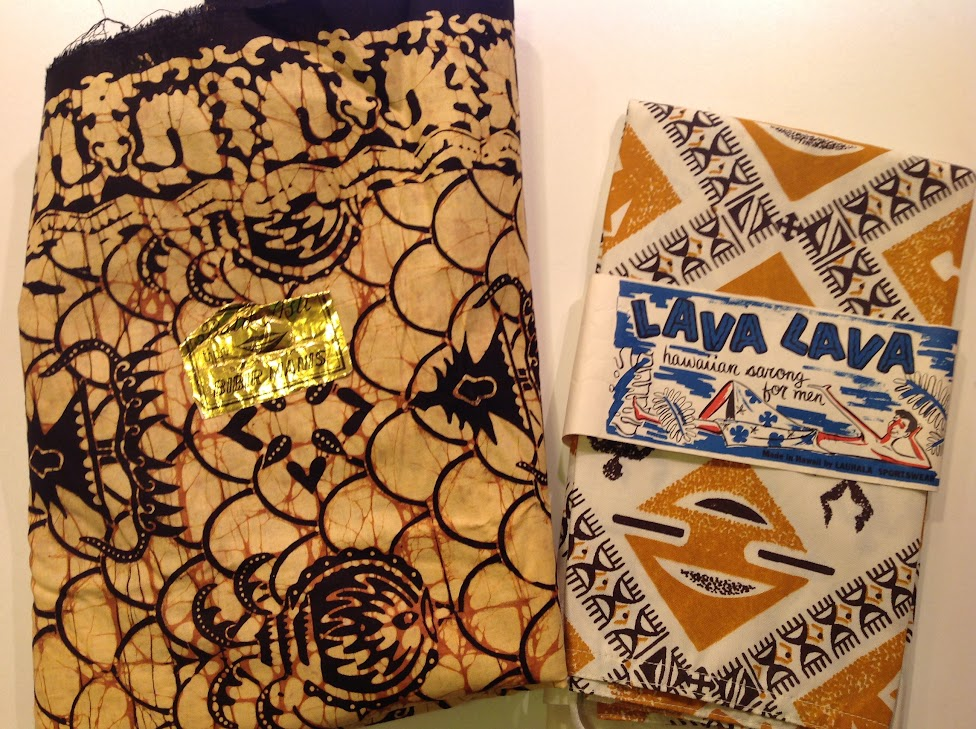The White Stag, by Kate Seredy
(1938)
I adored Kate Seredy’s The Good Master and its sequel The
Singing Tree. Her illustrations enhanced
the wonderful stories about her native Hungary just before and during World War
I. I recall checking out her other
books, including The White Stag. It’s also about Hungary but set many, many,
many centuries earlier. When I reread
it I realized that I did remember the story of the Huns and the Magyars, the
nomadic tribes who migrated north from the Caucasus to settle in what is now
Hungary.
Seredy retells the legend of the founding of
Hungary. She begins with the great
Nimrod, his sons Hunor and Magyar, and his grandson Bendeguz. The Magyars were peace-loving and wanted to
settle. The Huns were opportunistic warriors who conquered other tribes and
took slaves. The kindred tribes migrated alongside one another and eventually
crossed the high mountains. Bendeguz married a beautiful slave girl,
Alleeta. She died in childbirth. The son
lived: Attila.

Seredy’s lithograph illustrations are magnificently
heroic and show a strong Art Deco influence. The people are long-legged, the
horses are well-muscled. The wings on the men’s helmets swoop up and away. The
swords are long and sharp. Sharp
shadowing foretells extremes (great victories or great defeats).
There is a foreword by the author to put some of the
story in context. She explains why she omits
historical and anthropological details.
“Those who want to hear the voice of pagan gods in wind and thunder, who
want to see fairies dance in the moonlight, who can believe that faith can move
mountains, can follow the thread on the pages of this book. It is a fragile
thread; it cannot bear the weight of facts and dates.”
Superheroes aren’t just in comic books. They’re the stuff
of civilization!
# # # #
Call It Courage, by Armstrong Sperry
(1941)
“It happened many years ago, before the traders and
missionaries first came into the South Seas, while the Polynesians were still
great in numbers and fierce of heart. But even today the people of Hikueru sing
this story in their chants and tell it over the evening fires. It is the story of Mafatu, the Boy Who Was
Afraid.”
Mafatu has feared the sea because he was with his mother
when she drowned in a tropical storm. His fear disappoints his father and makes
him the object of ridicule from the other boys on the island. He determines to
conquer his fear by sailing out on his own, accompanied by his faithful
dog. His canoe goes off course in a
storm and he lands on an island. There he puts all his skills to use: building
a shelter, harvesting food, making a fire from two sticks, pounding mulberry
pith to make cloth. He makes a knife from whalebone. He kills a wild boar and
takes makes a necklace out of the tusks and teeth as his trophy. He cuts down a
tree and makes a dugout canoe for his return trip. Just as he is about to embark for home a
tribe of savage cannibals (who hold ceremonies on the island) find him and
begin to chase him. He manages to out-paddle them. Eventually he returns to Hikueru to a hero’s
welcome. No longer will he be the Boy Who Was Afraid – he has earned the name
of Stout Heart.

Sperry’s pen-and-ink drawing are very evocative. They’re
printed in dark turquoise (teal) ink in the library copy I have. (I’m sure
modern paperbacks just use black.) There
are several marginal illustrations as well.
Some inconsistencies in the text were obvious to me. Why were some Polynesian words italicized
while others were not? The word
“millrace” was used twice. The basalt
cone of the island volcano is “as soft in hue as an amethyst.” Would Mafatu have known what a millrace or an
amethyst was? (Would an American fourth-grader recognize millrace?) He uses the Southern Cross as a compass,
writes the author. Since the story was
set before the traders, why not call it by its Polynesian name? (I looked it
up. It’s Hanai-a-ka-malama.)

I note yet again the lack of notes – nothing about the
author and how he learned the legend, no suggestions for further reading. Of course, thanks to Wikipedia and Google, I
can find out a lot. (He trained as an
artist. He traveled around the South Pacific fin 1920-21 and in 1924-25,
visiting various islands.) But think of
the generations of kids who read the book before Google. Background information would provide context
and prompts for reflection.
(P.S. His brother invented the Sperry Top-Sider.)
 The AAUW board met Thursday evening. Joanne brought this lovely quilt which came from her husband's family. It's made out of neckties. There's no batting and the top is not tied to the backing. The edge is finished with knitted (I think) lace. The feather stitching is very even. There's a quarter to show how small the blocks are.
The AAUW board met Thursday evening. Joanne brought this lovely quilt which came from her husband's family. It's made out of neckties. There's no batting and the top is not tied to the backing. The edge is finished with knitted (I think) lace. The feather stitching is very even. There's a quarter to show how small the blocks are.















































